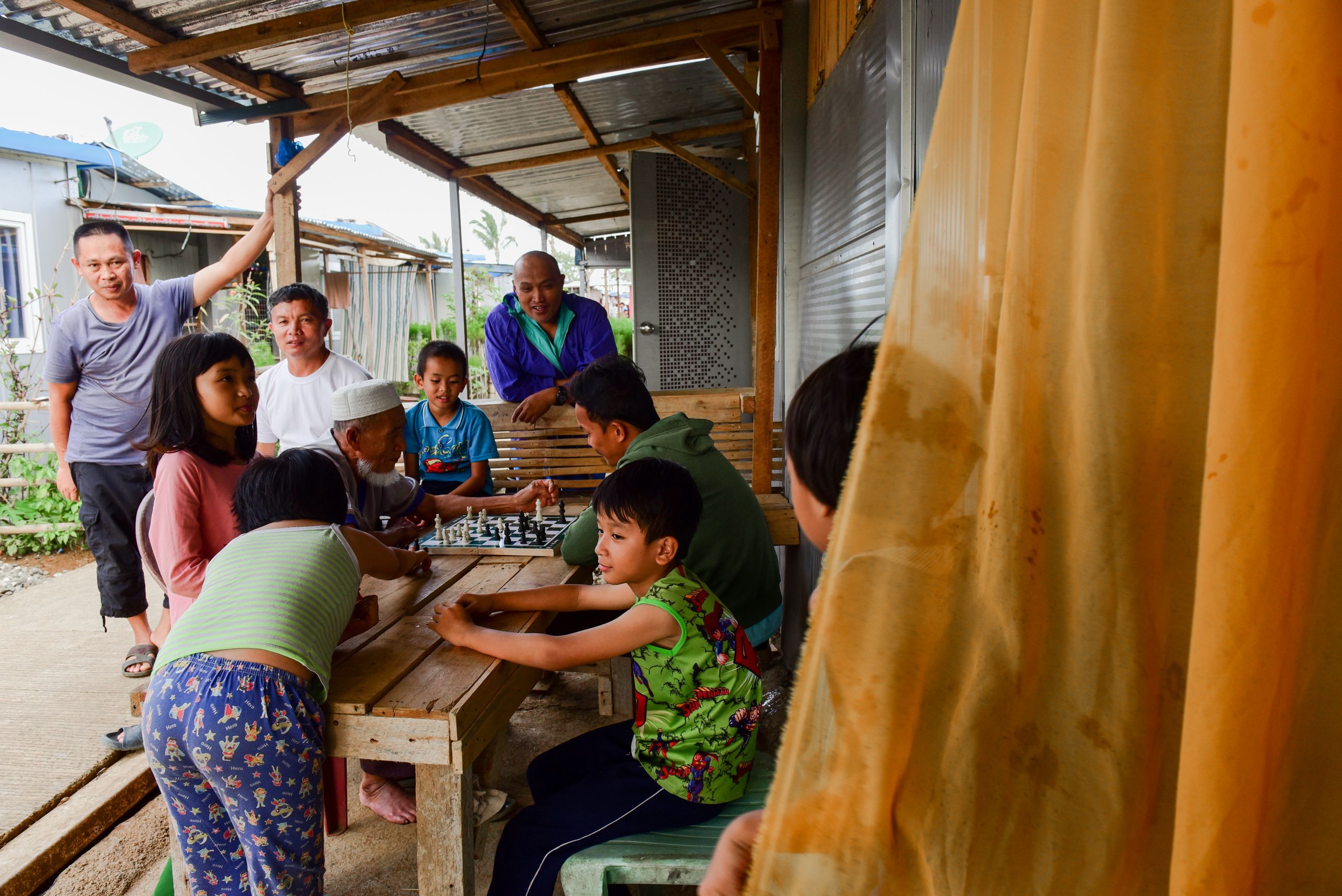Resolve conflict
Conflict is a key driver of violent extremism in South-East Asia. In a region where there are several ongoing conflicts, it is imperative that governments support targeted and inclusive policies that differentiate between insurgent and extremist violence, and address local grievances as well as socio-political and economic drivers.
Read more in: "As Long As They Don't Use Violence”
Reduce Violence
Extremism thrives in environments where violence, hate speech and discrimination against minorities is accepted or has become normalised. Governments and stakeholders should address the causes of worsening tensions, marginalisation and violence, especially as they relate to government policy, rhetoric and action.
Read more in: “State of violence”
Reintegrate
A reality and risk for South-East Asian communities is the return of individuals and their families who left to fight in Iraq and Syria, or to live an imagined better life in the Caliphate. Many governments also face the prospect of releasing convicted terrorists from prison. Improved prison conditions and individualized approaches that involve working with families, communities and religious leaders will be essential in sustainably reducing the risk of further violence.
Read more in: “Homecoming”
Challenge Assumptions
Assumptions around the threat of violent extremism in South-East Asia, coupled with a lack of grounded evidence, has led to the funding and implementation of programs and policies that may do more harm. These approaches need to be challenged with evidence-based, context-specific research. Further data, research and communities of practice will be vital to identify and create monitoring systems and knowledge that provide governments and societies with the tools to understand and act on growing extremist views and violence in their communities as new challenges arise.
End discrimination and promote inclusivity.
Harmful narratives and discrimination against minority groups leads to increasingly polarized environments that are conducive to violent extremism. Governments and stakeholders most uphold inclusive policies, and address hate speech based on ethnicity, religion, gender and other identities. To prevent violent extremism, consultative and whole-of-community approaches are essential.
Read more in: “State of violence” and “Entry and Exit Points: Violent Extremism in South-East Asia”
Promote Human Rights
Responses to violent extremism need to carefully balance the need for security with firm grounding in the rule of law, protection of human rights, and evidence. Approaches to prevent violent extremism that are grounded in the promotion of human rights are more likely to promote sustainable peace well-being and less likely to elicit potential backlash contributing to violence.






